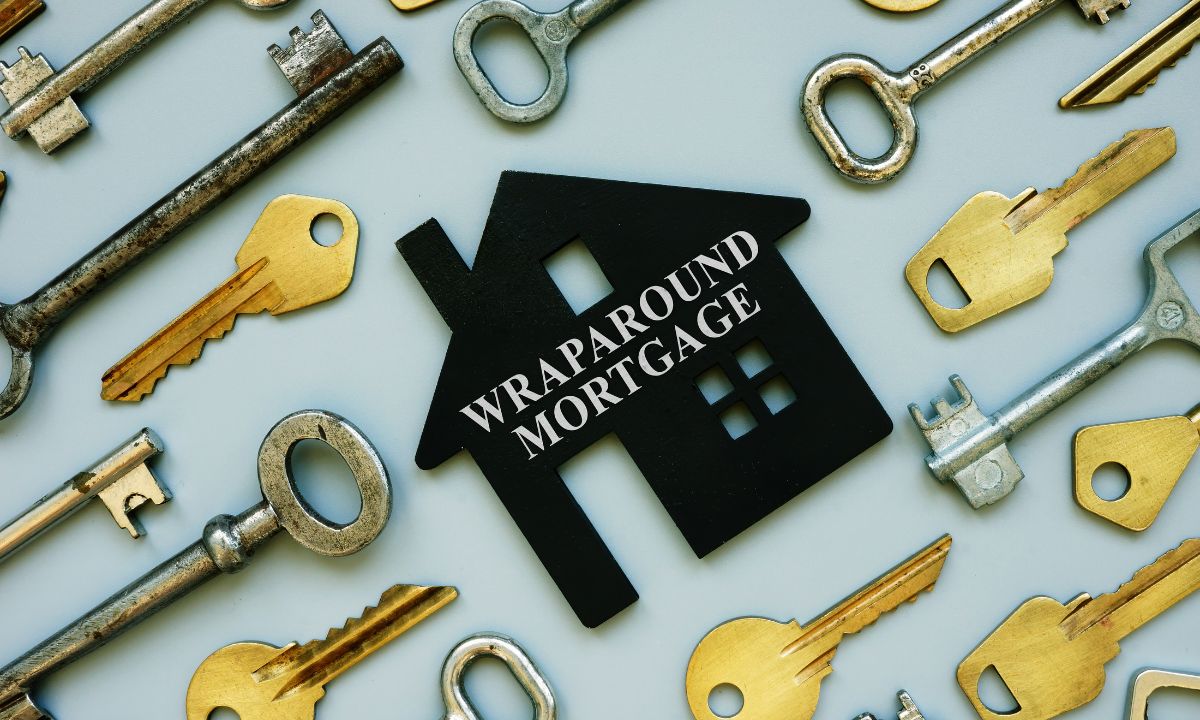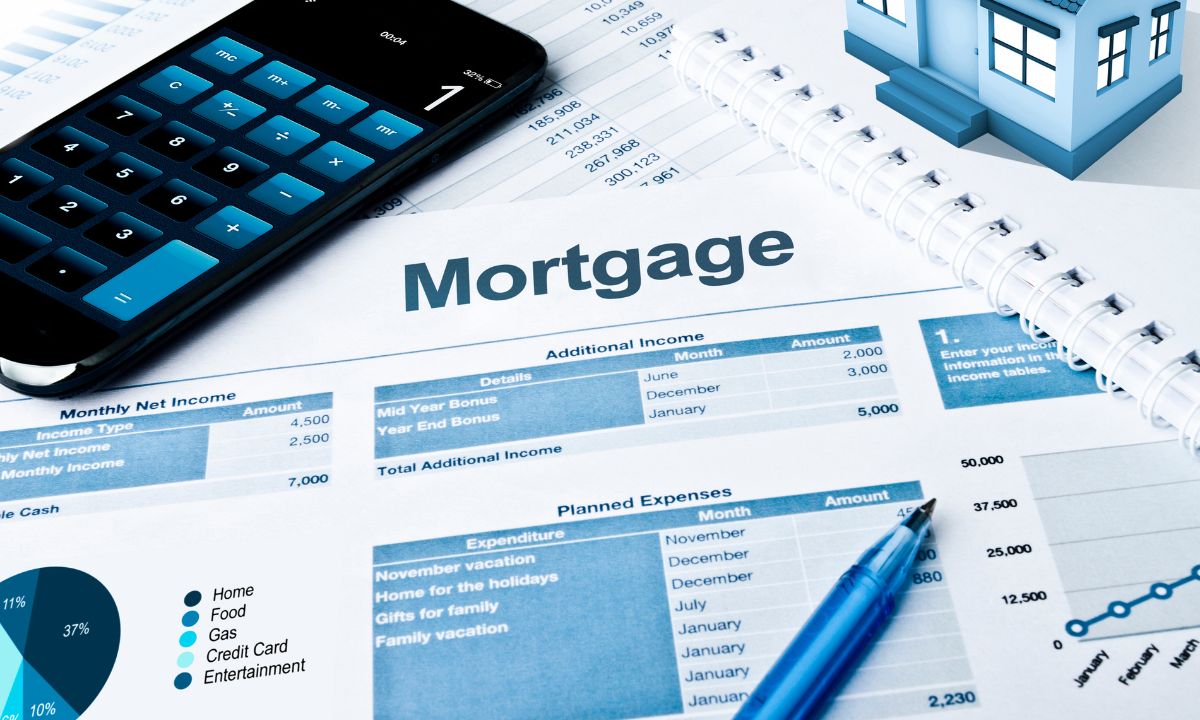Your Guide to Securing Your Dream Home at the Best Price
 Are you ready to start the journey of acquiring your dream home? One of the most exhilarating yet daunting steps in this process is negotiating the deal. Whether you’re a first-time buyer or a seasoned investor, mastering the art of negotiation can make all the difference in securing your dream home at the best possible price. In this guide, we’ll explore some effective real estate negotiation strategies to help you navigate this crucial phase with confidence.
Are you ready to start the journey of acquiring your dream home? One of the most exhilarating yet daunting steps in this process is negotiating the deal. Whether you’re a first-time buyer or a seasoned investor, mastering the art of negotiation can make all the difference in securing your dream home at the best possible price. In this guide, we’ll explore some effective real estate negotiation strategies to help you navigate this crucial phase with confidence.
Research, Research, Research: Before diving into negotiations, arm yourself with knowledge. Research the local real estate market, recent sale prices of similar properties in the area, and any specific factors that may affect property values. Understanding the market trends and dynamics will empower you to make informed decisions during negotiations.
Set Your Budget and Stick to It: Determine your budget beforehand and be firm about your financial limits. Factor in not only the purchase price but also additional costs such as closing fees, inspection costs, and potential repairs or renovations. Having a clear budget in mind will prevent you from overspending in the heat of negotiations.
Build a Strong Relationship with the Seller: Establishing a positive rapport with the seller can greatly influence the negotiation process. Be courteous, respectful, and transparent in your communications. Express genuine interest in the property and highlight what makes it your dream home. Building trust with the seller may increase their willingness to accommodate your terms.
Identify Your Priorities and Flexibility: Determine your non-negotiables and areas where you’re willing to compromise. Prioritize aspects of the deal that are most important to you, whether it’s the price, closing timeline, or the inclusion of certain appliances or furnishings. Being flexible on less critical terms can create opportunities for mutual agreement and a smoother negotiation process.
Know When to Walk Away: While it’s natural to feel emotionally invested in your dream home, it’s essential to know when to walk away from a negotiation that isn’t working in your favor. Set clear boundaries and be prepared to walk away if the terms do not align with your objectives or if the seller is unwilling to negotiate reasonably. Sometimes, walking away can lead to a better deal elsewhere.
Utilize Professional Representation: Consider enlisting the services of a qualified real estate agent or attorney to represent your interests during negotiations. Experienced professionals can offer invaluable advice, handle negotiations on your behalf, and navigate any legal complexities that may arise. Their expertise can often result in more favorable terms and a smoother transaction overall.
Be Prepared to Counteroffer: It’s rare for the initial offer to be accepted outright, so be prepared to engage in back-and-forth negotiations. When presenting a counteroffer, focus on specific points of contention and offer solutions that are fair to both parties. Maintain open communication with the seller and be patient throughout the negotiation process.
Stay Calm and Professional: Negotiations can sometimes become tense or emotionally charged, but it’s essential to remain calm, composed, and professional at all times. Avoid making impulsive decisions or engaging in confrontational behavior that could derail the negotiation process. A calm and respectful demeanor can help foster constructive dialogue and lead to a successful outcome.
Remember, negotiation is a skill that improves with practice, so don’t be discouraged if it takes time to master. With patience, diligence, and a strategic approach, you’ll be well-equipped to navigate the complexities of real estate negotiations and achieve your homeownership goals.

 Entering into a joint mortgage can be a significant milestone for couples, marking the beginning of their journey toward homeownership together. However, like any financial decision, it’s essential to weigh the pros and cons carefully. In this guide, we’ll delve into the intricacies of joint mortgages, highlighting the differences, key considerations, and potential pitfalls couples should be aware of.
Entering into a joint mortgage can be a significant milestone for couples, marking the beginning of their journey toward homeownership together. However, like any financial decision, it’s essential to weigh the pros and cons carefully. In this guide, we’ll delve into the intricacies of joint mortgages, highlighting the differences, key considerations, and potential pitfalls couples should be aware of. Understanding the difference between prime and subprime mortgages is essential for anyone entering the world of home financing. Prime mortgages are tailored for individuals with exemplary credit scores and stable financial profiles, offering them lower interest rates and more favorable loan conditions. Conversely, subprime mortgages are intended for those with lower credit scores or a history of financial setbacks, resulting in higher interest rates and less beneficial terms. Let’s take a look at both.
Understanding the difference between prime and subprime mortgages is essential for anyone entering the world of home financing. Prime mortgages are tailored for individuals with exemplary credit scores and stable financial profiles, offering them lower interest rates and more favorable loan conditions. Conversely, subprime mortgages are intended for those with lower credit scores or a history of financial setbacks, resulting in higher interest rates and less beneficial terms. Let’s take a look at both. These days real estate transactions have become more and more creative with financing solutions that often emerge to meet the diverse needs of buyers and sellers. One such alternative is the wraparound mortgage, a financial instrument that has gotten both praise and caution within the real estate community. Understanding its advantages and risks is crucial for anyone considering this option.
These days real estate transactions have become more and more creative with financing solutions that often emerge to meet the diverse needs of buyers and sellers. One such alternative is the wraparound mortgage, a financial instrument that has gotten both praise and caution within the real estate community. Understanding its advantages and risks is crucial for anyone considering this option. Construction loans and mortgages are two important tools in the world of real estate financing. They each have specific purposes and come with their own set of rules and requirements. These differences cater to various needs when it comes to buying or building properties.
Construction loans and mortgages are two important tools in the world of real estate financing. They each have specific purposes and come with their own set of rules and requirements. These differences cater to various needs when it comes to buying or building properties.